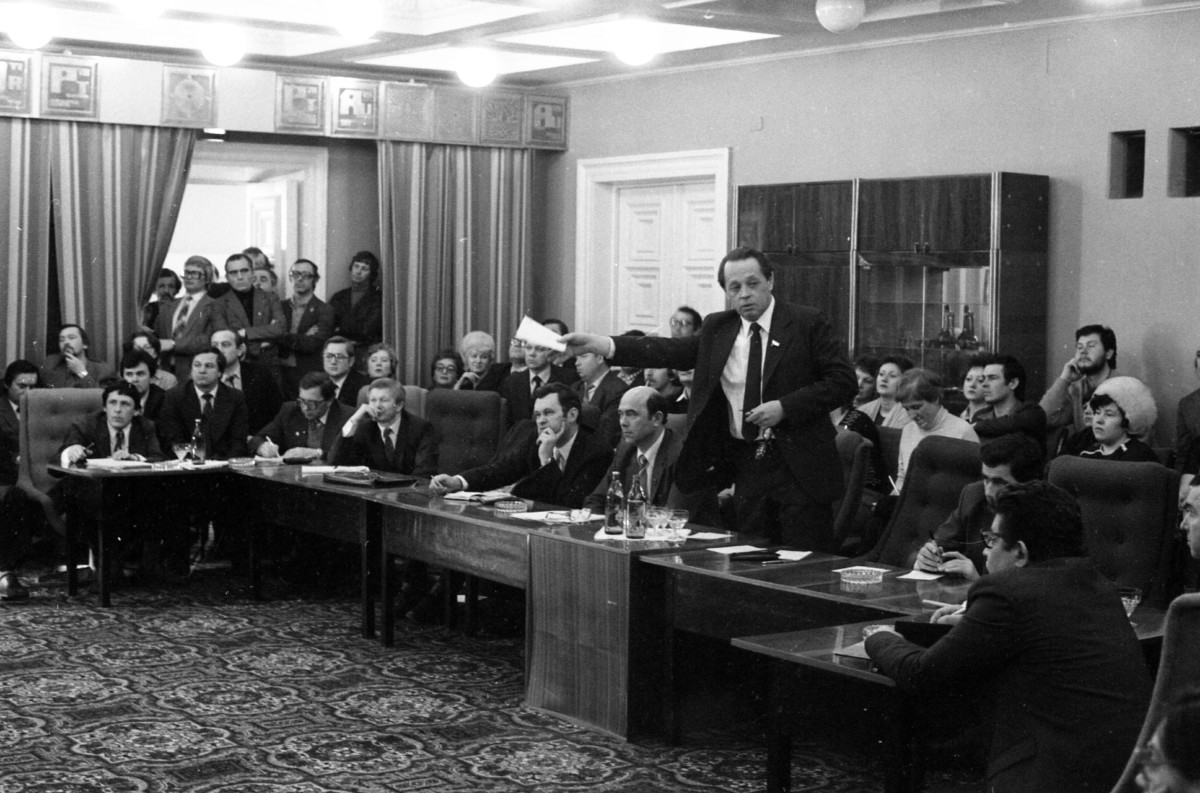The construction project for the village in the area of Thermal power plant -2, about 30 kilometers from Norilsk, appeared in the city’s development plans when the Nadezhda metallurgical plant was being built. The designers proposed to compensate for the remoteness of the future settlement from the city and the industrial site by rail and road connections. Soon, the authorities abandoned the project, and it was decided to choose another location for the new residential formation. This place was found 10 kilometers from the city.
In 1983, a seminar-competition for the best architectural and planning idea of the Oganer (this name was chosen for the new settlement) residential area was held at the House of Technology. According to information from Stanislav Stryuchkov’s book History of Houses and Buildings, models of the future Norilsk satellite were presented by ten creative teams of architects from Moscow, Leningrad, Krasnoyarsk and Norilsk. The jury was headed by the architect Alexander Shipkov, by that time glorified by Sergey Gerasimov in the film To Love a Man.
The competition was won by the Mosproekt-1 Institute, which became the general designer of Oganer. The detailed planning was entrusted to the team of Oleg Orlov from the Norilskproekt Institute. The chief architect of the institute, Eduard Himin, imagined the development of an elongated forest area:
“In the center there is an abandoned bush. The ring road is a street. There are public buildings and buses on it. There are no traditional direct road crossings. A crooked street can be very beautiful…”.
And Muscovites, proposed to build a 40-storey residential building and a huge community center near the hospital building. In general, Oganer was conceived as an exemplary city of the future.
In 1986, at an expanded meeting of the Norilsk town planning council, the final resolution on the construction of Oganer was adopted.
Read other materials of the photo project, in the History spot section.
Text: Varvara Sosnovskaya, Photo: Nornickel Polar Division Archive






